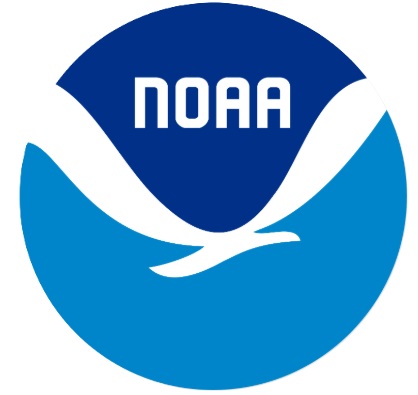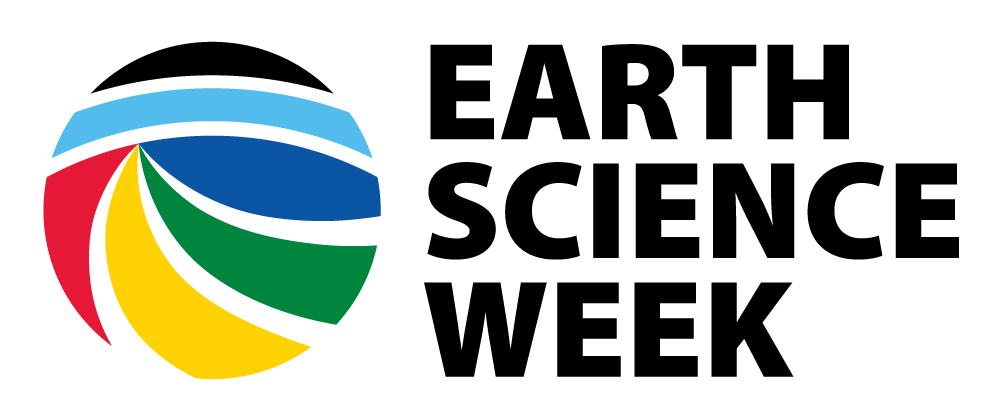Earth Science Week Classroom Activities
No Child Left Inside Activity
It’s the “Rain,” Man
Grade Level: K-12 Earth Science
Activity Source: National Oceanic and Atmospheric Administration.
Adapted with permission.

Background
People find inspiration in many different places and things. Among them is taking joy in sensing the Earth around you. Feel the breeze on your face. Take in the fresh smell of the air after a spring rain. Use your hands to build something. Wherever you live you can get outside, savor your surroundings and observe what makes up the rhythms of the place you live.
Weather is easy to observe, but changes constantly across time and space. It is rarely the same across a large — or even small — area. You may be surprised how different temperature, sunshine or rain can be just a short distance apart.
In this activity, you will build a rain gauge, collect data about the amount of precipitation, and compare your measurements from home or around your school to those of your classmates.
Note for teachers: Learn more about citizen/community/participatory science:
- The Debate Around ‘Citizen Science’: Should the Term Be Rebranded?
- Getting Your Citizen Science Proect Off the Ground (webinar recording)
- What the World’s Largest Biodiversity Challenge Shows Us About the Power of Citizen Science
Materials
- A straight sided glass container
- Scissors
- Paper
- Ruler
- Clear tape
- Chart for recording rain measurements (see JetStream link below)
- Map of the area around your location for plotting the students’ reports
Procedure
- Create a classroom network of rain stations: Weather forecasting includes many steps including using models, collecting data, and interpreting data. The first step in forecasting for many scientists begins with measuring the current weather around us. One measurement that has been around a long time is the amount of rain a location has received. You will build a rain gauge and when rain occurs, you will collect measurements and compare your data to your classmates’.
- Visit JetStream – An Online School for Weather for instructions on how to construct your rain gauge and observe rain in your neighborhood.
- Citizen science opportunity: If you are inspired to broaden your horizons, you can collect precipitation and weather data and share it with a nationwide network of rain, hail and snow observers! The Community Collaborative Rain, Hail and Snow Network (CoCoRaHS) is a community-based network of volunteers of all ages and backgrounds working together to measure and map precipitation (rain, hail and snow) by using low-cost measurement tools.
- CoCoRaHS is a community project. Everyone can help - the only requirements are an enthusiasm for watching and reporting weather conditions and a desire to learn more about how weather can affect and impact our lives. The data you collect is important! It can contribute to severe storm warnings, water resource analysis, and regional drought monitoring.
Standards and Connections
NGSS
- Disciplinary Core Ideas: Weather and climate
- Science and Engineering Practices: Analyzing and interpreting data; Obtaining, evaluating and communicating information; Planning and carrying out investigations information
- Crosscutting Concepts: Cause and effect; Patterns
Sustainability Connections
- SDG 13: Climate action– Precipitation data contributes to climate monitoring and disaster preparedness.
Related activities from NEEF, sponsor of No Child Left Inside Day
- Citizen Science is Blooming Infographic
- Have students make observations of this infographic and discuss the range of citizen science projects that have been done.
- You may want students to investigate topics they are interested in to see if there are participatory science projects that relate.
- Students can also generate ideas about other types of environmental and Earth data they could collect.
